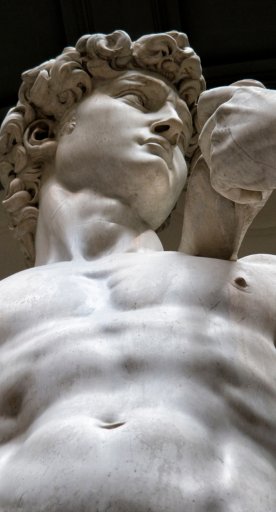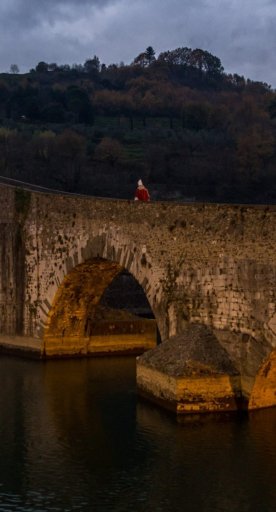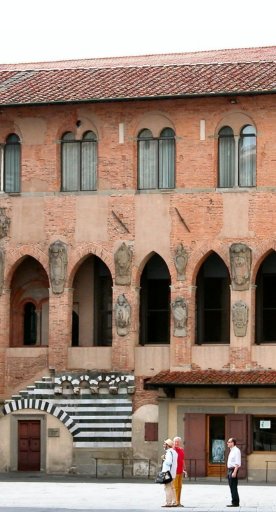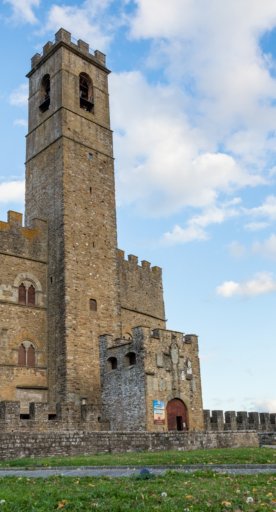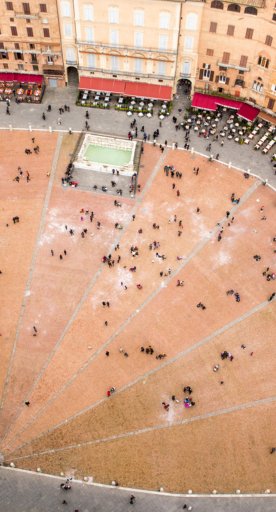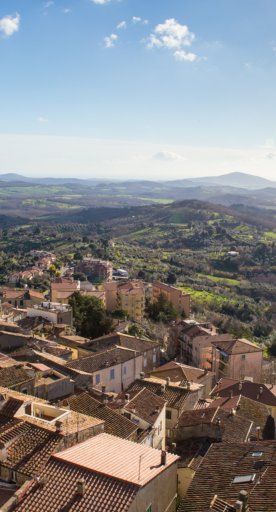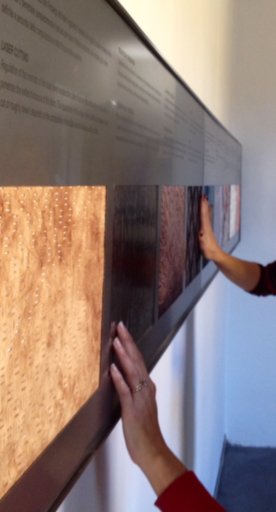Sacred art and sharecropping in Buonconvento
Visit the religious and the profane in this picturesque walled town in Terre di Siena
Strolling within Buonconvento’s fourteenth-century walls has a timeless feeling. Proudly belonging to the “Most Beautiful Towns in Italy” network, you can peer at the red-brick buildings fitted with brown and green shutters, which are emblazoned with flags that represent the four quarters of Buonconvento. Legend has it that the Roman Emperor Henry VII died along the Via Cassia near the town on August 24, 1313. He’d developed an acute infection, which was treated at the time with arsenic patches. Indeed, the poisoning was present when the bones were later exhumed at Pisa Cathedral.
-
1.Wonder at religious art
-
2.Visit the churches
-
3.Seeking out the sharecroppers
Wonder at religious art
Housed in Palazzo Ricci Socini, the Val d’Arbia Sacred Art Museum is a treasure trove of religious masterpieces – paintings, sculptures, metalwork and textiles – that seize the attention of art lovers, standing out with their bright colours, shiny golds and the emotional intensity of the gazes. The museum exists thanks to the foresight of local priest, Don Crescenzio Massari, who developed the original core from artworks in the church’s deposits. Wonder at the thirteenth- and fourteenth-century art in the first two rooms by the likes of Duccio di Buoninsegna, Pietro Lorenzetti, Luca di Tommé and Andrea di Bartolo, while the rest of the gallery contains later works by Sano di Pietro, Matteo di Giovanni and Francesco Vanni. Don’t miss the impressive marble tabernacle dating to the late 1400s, which originally stood on the nearby bridge over the Ombrone River.
Visit the churches

A plaque on the frontage of the Baroque-style church of San Pietro e Paolo (Saint Peter and Saint Paul) indicates that the building was probably founded in 1103. The church is adorned with numerous works of art, including Matteo di Giovanni’s Madonna on the Throne with Child and Two Angels (1450), a fresco showing the Coronation of the Virgin by an unknown early fifteenth-century artist, a polyptych depicting Madonna on the Throne with Child and among Saints by Sienese Pietro di Francesco Orioli, and two seventeenth-century canvases displayed in the apse. There’s also a mechanical Agati organ opus 347, dating to 1845, set on the floor in the niche on the left-hand side of the nave. Many of the original furnishings in the Oratorio di San Sebastiano are now exhibited in the Val d’Arbia Sacred Art Museum, although some relics still remain in this religious building. Peer at two late sixteenth-century wooden chalices, depicting St. Peter and St. Sebastian, once used to contain beans used for voting within the brotherhood; an engraved brass ceremonial plate; and a water dish probably made in Germany.
Seeking out the sharecroppers

Situated on the grounds of a former farm, the Sienese Sharechopping Museum offers insight into the historic phenomenon of sharecropping, known as the mezzadria. From the 1200s to the late 1900s, this old form of agriculture meant that Tuscan landowners allowed tenants to use the land in return for a share of the crops produced on their portion of land (sharecrop). Arranged across two floors, visitors can learn about threshing, milling and field cultivation as well as the figures involved in the sharecropping hierarchy through exhibits, videos, photos and documentation.











